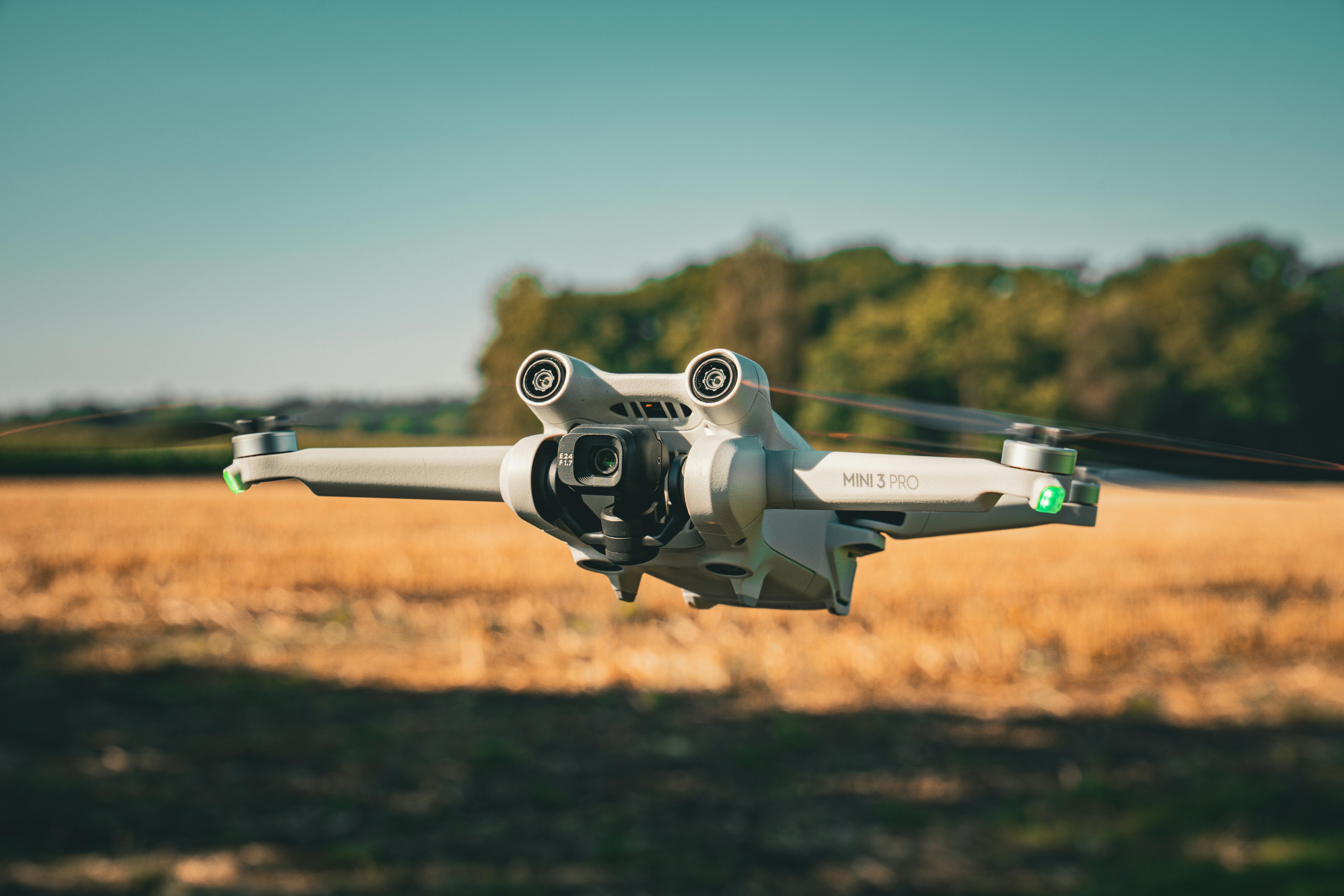Decoding the Dynamics of Fixed Wireless Access Technology
In an era where connectivity is the key to success, Fixed Wireless Access (FWA) emerges as a game-changer. This technology, although not new, is redefining the way we access the internet. This article unravels the intricacies of FWA, its history, recent developments, and the impact it has on today's internet landscape.

The Genesis and Evolution of FWA
Fixed Wireless Access technology has been around for decades. It was initially used in the late 20th century to provide connectivity in remote areas where cable and fiber were not feasible. However, it was overshadowed by the advent of wired connections, which provided more reliable and faster connectivity. In recent years, with the improvements in wireless technologies, FWA is making a resurgence.
Modern FWA: A New Dawn
The modern incarnation of FWA is a far cry from its initial conception. LTE and advanced antenna technologies have pushed the limits of FWA, allowing it to compete with cable and fiber connections in terms of speed and reliability. Today, FWA can deliver gigabit-speeds, making it a viable alternative for home broadband.
Understanding the Impact of FWA
The resurgence of FWA has a profound impact on the internet landscape. It offers a cost-effective solution for broadband connectivity, particularly in areas where wired infrastructure is challenging to deploy. It also provides a competitive alternative to traditional broadband services, fostering a more diverse and competitive market.
The Challenges with FWA
While FWA holds promise, it is not without its challenges. The technology relies heavily on line-of-sight for optimal performance, making it susceptible to physical obstructions and weather conditions. Additionally, spectrum availability and congestion can pose challenges in densely populated areas.
Practical Applications of FWA
Beyond residential broadband, FWA has a host of other applications. It is being used to deliver connectivity in remote educational institutions, healthcare facilities, and rural businesses. FWA also plays a critical role in disaster recovery, providing temporary connectivity when wired networks are down.
Fixed Wireless Access is more than just a blast from the past; it’s a technology that’s being reinvented to meet the demands of today’s digital world. With its ability to provide high-speed connectivity in areas where wired networks fall short, it is poised to play a pivotal role in shaping the future of the internet. While challenges remain, the potential of FWA is undeniable. As technological advancements continue to push its boundaries, FWA is set to redefine the rules of the game in the internet and telecommunications industry.




